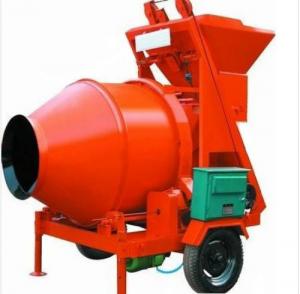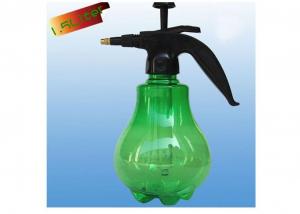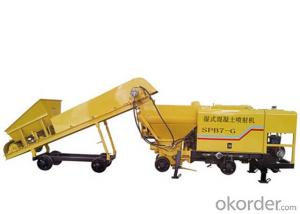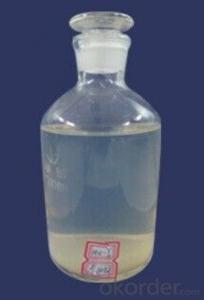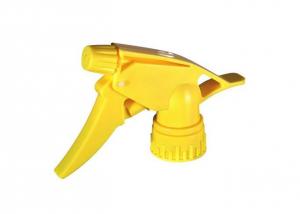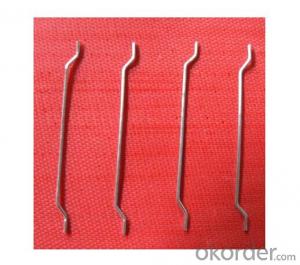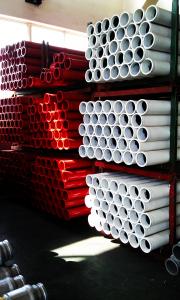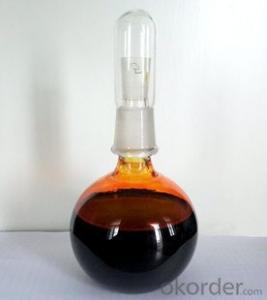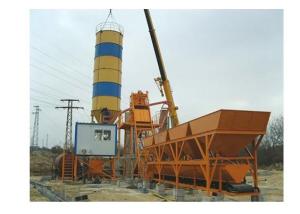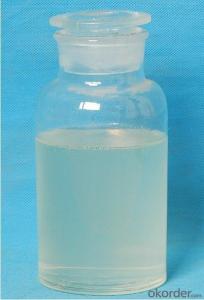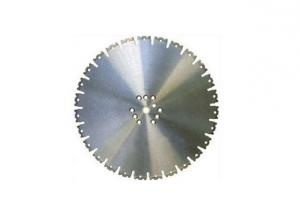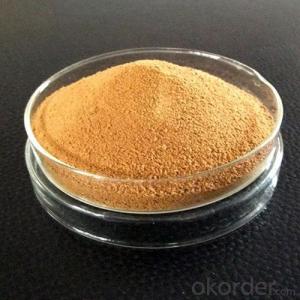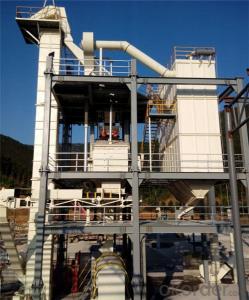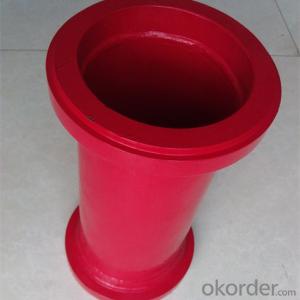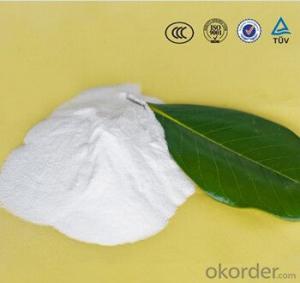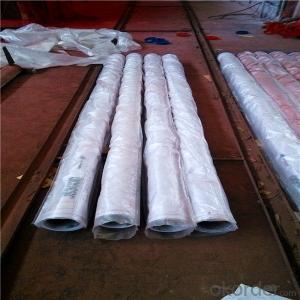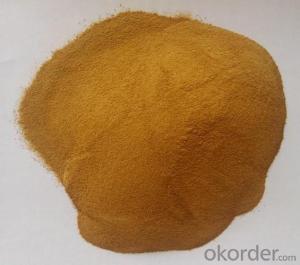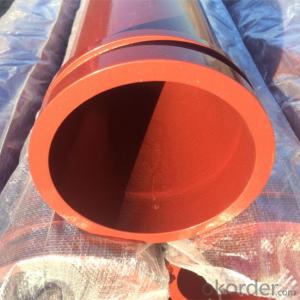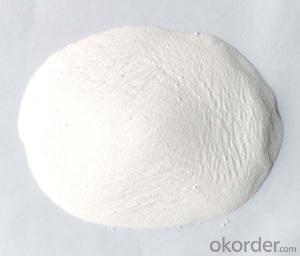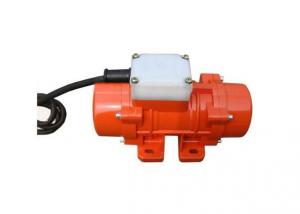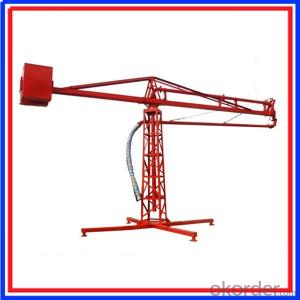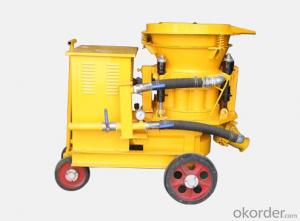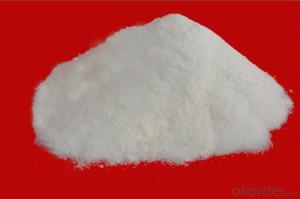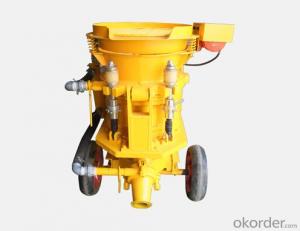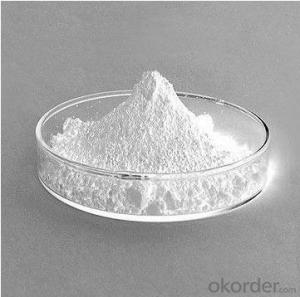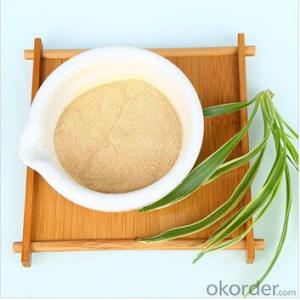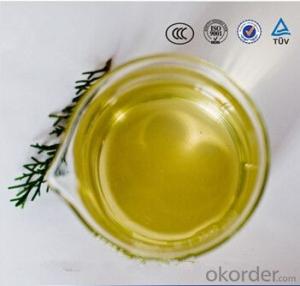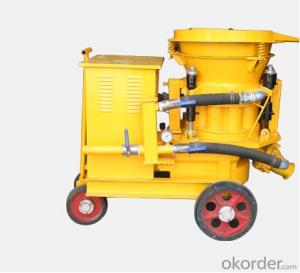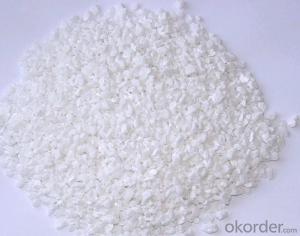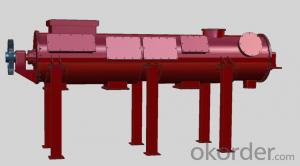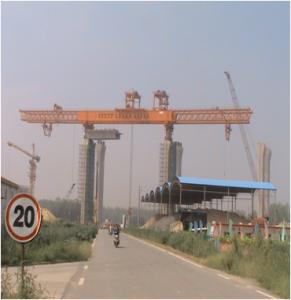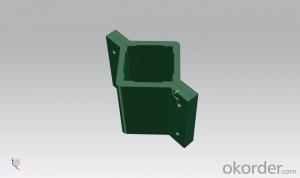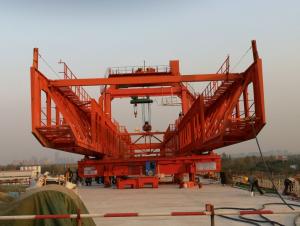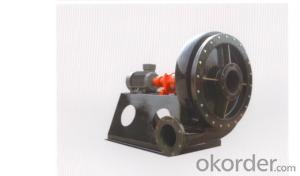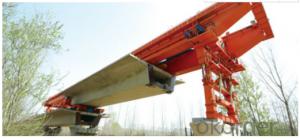Spray On Concrete
Spray On Concrete Related Searches
Spray Concrete Spray On Roofing Forming Concrete Concrete Shotcrete Concrete Resurfacing Sealing Concrete Driveway Waterproofing Concrete Floors Plasticiser For Concrete Concrete Driveway Coatings Spray Waterproof Sealant Concrete Pump Primer Concrete Mixer Waterproof Spray Concrete Repellent Material Waterproofing Spray Steel Rods In Concrete Fast Curing Concrete Additives Waterproof Concrete Blocks Concrete Slickline Spray Up Roving Concrete Slab Waterproofing Sims Concrete Pumping Off Form Concrete Concrete Driveway Resurfacing Waterproof Admixture Concrete Concrete Driveway Waterproofing Concrete Block Walls Concrete Lifting Eyes Concrete Mixing Machine Concrete Siding InstallationSpray On Concrete Supplier & Manufacturer from China
Spray On Concrete is a versatile construction product that offers a range of benefits for various applications. This product is known for its ability to provide a durable and robust surface, making it ideal for a multitude of construction projects. It is commonly used in the repair and reinforcement of existing structures, as well as in the creation of new ones. The application of Spray On Concrete allows for a quick and efficient process, which can save time and resources on construction sites.In terms of usage scenarios, Spray On Concrete is often employed in the construction of buildings, bridges, tunnels, and other infrastructure projects. Its ability to adhere well to various surfaces and withstand harsh conditions makes it a popular choice for both commercial and residential applications. The product can be applied to a wide range of substrates, including concrete, masonry, and steel, making it a versatile solution for a variety of construction needs.
Okorder.com is a leading wholesale supplier of Spray On Concrete, offering a large inventory of this product to cater to the demands of the construction industry. With a commitment to quality and customer satisfaction, Okorder.com ensures that their Spray On Concrete products meet the highest standards. This makes them a reliable source for contractors and construction companies looking to incorporate this innovative material into their projects.
Hot Products

